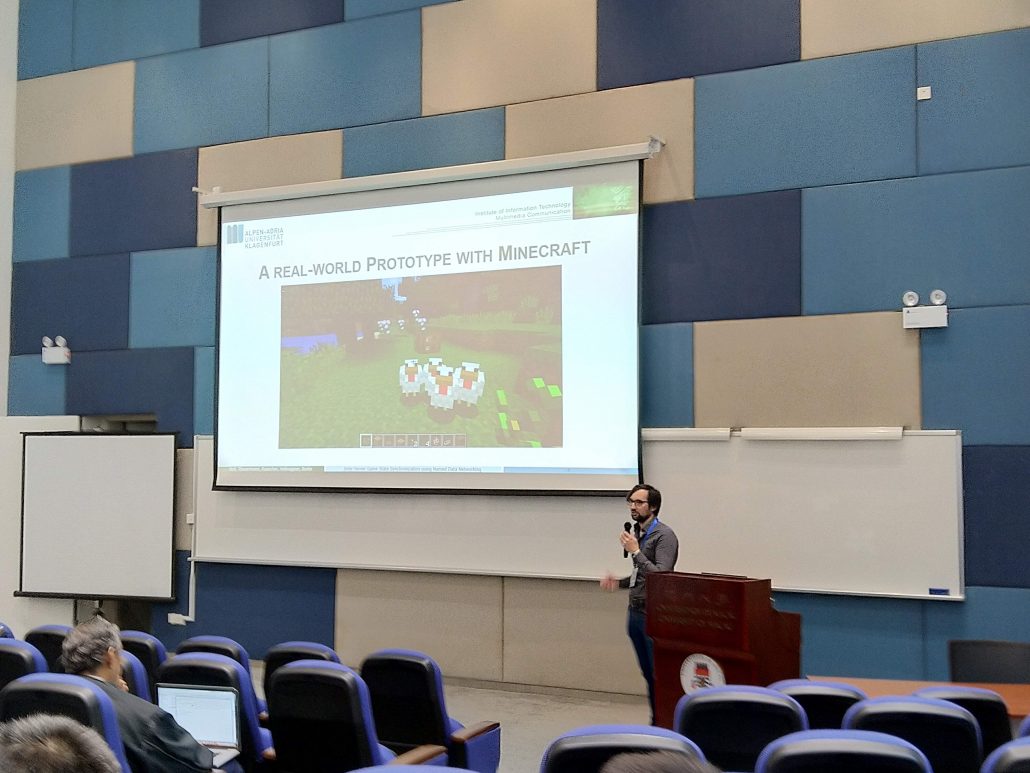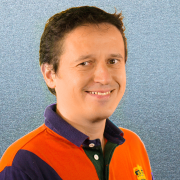The paper “GLENDA: Gynecologic Laparoscopy Endometriosis Dataset” has been accepted for publication at the Multimedia Datasets for Repeatable Experimentation (MDRE) special session, co-located at the 26th International Conference on Multimedia Modeling, MMM 2020 to be held at Daejon, Korea (January 5-8, 2020).
Authors: Andreas Leibetseder, Sabrina Kletz, Klaus Schoeffmann (Alpen-Adria Universität Klagenfurt), Simon Keckstein (Ludwig-Maximilians-University Munich), Jörg Keckstein (Ulm University)
Abstract: Gynecologic laparoscopy as a type of minimally invasive surgery (MIS) is performed via a live feed of a patient’s abdomen surveying the insertion and handling of various instruments for conducting treatment. Adopting this kind of surgical intervention not only facilitates a great variety of treatments, the possibility of recording said video streams is as well essential for numerous post-surgical activities, such as treatment planning, case documentation and education. Nonetheless, the process of manually analyzing surgical recordings, as it is carried out in current practice, usually proves tediously time-consuming. In order to improve upon this situation, more sophisticated computer vision as well as machine learning approaches are actively developed. Since most of such approaches heavily rely on sample data, which especially in the medical field is only sparsely available, with this work we publish the Gynecologic Laparoscopy ENdometriosis DAtaset (GLENDA) – an image dataset containing region-based annotations of a common medical condition named endometriosis, i.e. the dislocation of uterine-like tissue. The dataset is the first of its kind and it has been created in collaboration with leading medical experts in the field.
Keywords: lesion detection, endometriosis localization, medical dataset, region-based annotations, gynecologic laparoscopy
Acknowledgement: This work was funded by the FWF Austrian Science Fund under grant P 32010-N38.



 Philipp Moll presented the paper “Inter-Server Game State Synchronization using Named Data Networking” on the
Philipp Moll presented the paper “Inter-Server Game State Synchronization using Named Data Networking” on the 

